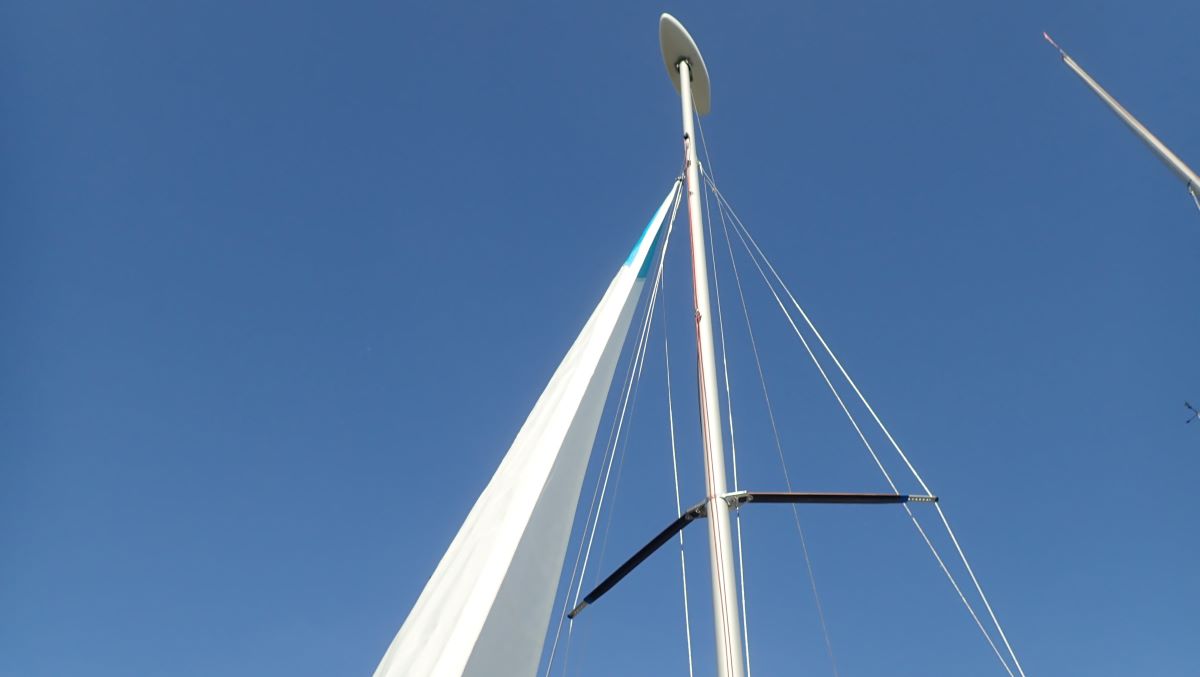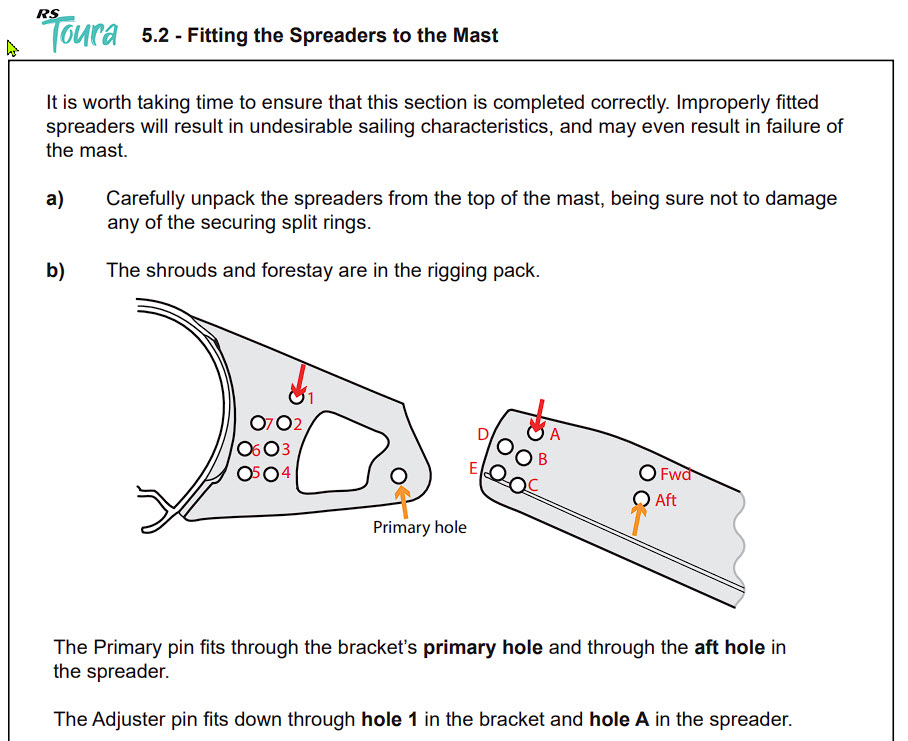Spreader: A Horizontal Spar Used to Support the Mast
Definition: A spreader is a horizontal spar that extends outward from the sides of a sailboat's mast. Its primary function is to provide lateral support to the mast by holding the shrouds (wires or ropes) away from the mast, thereby increasing stability and strength.
Understanding the Spreader:
In sailing, the spreaders are crucial components of the rigging system, helping to maintain the shape and integrity of the mast. By pushing the shrouds outwards, spreaders create a wider angle between the mast and the shrouds, which distributes the forces acting on the mast more evenly. This setup prevents the mast from bending or collapsing under the pressure of the sails and the wind, especially when sailing upwind.
Types of Spreaders:
Fixed Spreaders:
These are permanently attached to the mast and do not move. They are common on cruising boats and provide consistent, reliable support.
Swept-Back Spreaders:
Angled slightly aft, these spreaders are often found on racing boats. They help provide additional stability to the mast without the need for a backstay.
Adjustable Spreaders:
Some spreaders can be adjusted to change the angle or length, allowing for fine-tuning of the rigging setup.
Applications in Sailing:
Mast Support: The spreaders help distribute the load on the mast, ensuring it remains upright and structurally sound under various sailing conditions.
Rigging Stability:
By holding the shrouds outwards, spreaders reduce the likelihood of the mast bending, particularly when under the stress of heavy winds or large sails.
Sail Trim:
Properly adjusted spreaders contribute to the overall rig tension, which can affect sail shape and performance, particularly when sailing upwind.
Examples of Usage:
"Check the spreaders to ensure they’re secure and properly aligned before heading out."
"The swept-back spreaders on this racing boat provide extra stability without the need for a backstay."
"If the spreaders are damaged, the mast could lose its support and compromise the entire rigging system."
Visual Representation:
Image Description: Diagram of a sailboat’s mast, highlighting the spreaders and their role in supporting the mast and holding the shrouds.
Importance in Sailing:
The spreaders are vital for maintaining the mast's stability and ensuring the rigging system functions correctly. Without spreaders, the mast would be more prone to bending or even collapsing, particularly under the strain of strong winds and heavy sail loads. Proper inspection and maintenance of spreaders are essential for safe and effective sailing.
Related Terms:
Mast: The vertical pole that supports the sails and the rigging system.
Shrouds: Wires or ropes that provide lateral support to the mast, preventing it from bending or falling.
Backstay: A wire or rod that runs from the top of the mast to the stern, providing aft support.
Rigging: The system of ropes, wires, and other components that support and control the sails on a sailboat.
Conclusion: Spreaders play a critical role in the rigging system of a sailboat by providing essential lateral support to the mast. Understanding the function and importance of spreaders helps sailors maintain the integrity of their rigging and ensure safe sailing conditions. Regular inspection and proper alignment of spreaders are key to maintaining the stability and performance of the boat.

